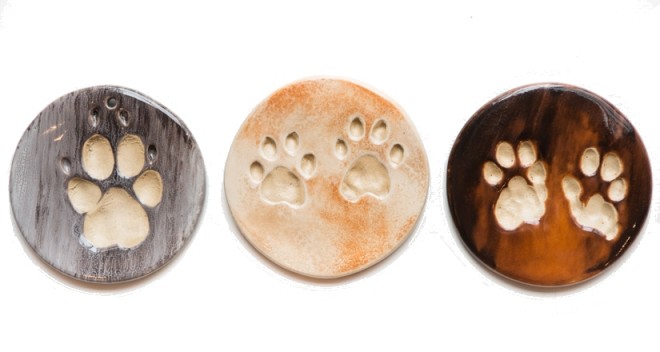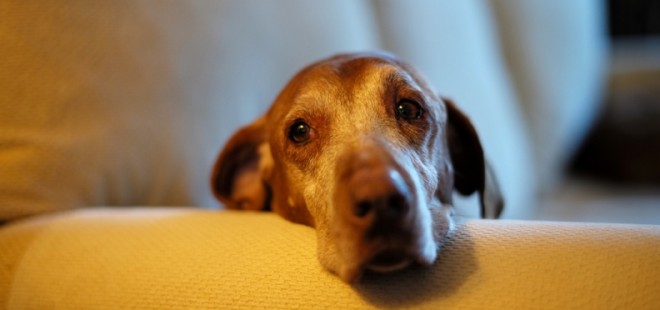Euthanasia
It is never easy to make the decision to let our pets go… but sometimes it is the best gift we can give them. How do you know when it is time? What is the process? What do you need to do?
We hope to provide you the answers here and assist you as much as we can in the hardest part of owning a pet.
Euthanasia, humane death, is a decision almost every pet owner is faced with when the health of their beloved pet is threatened with a terminal or unbearable illness. One of our veterinarians can counsel you on when they feel it is best to euthanize your pet rather than continue treatment. Euthanasia is generally recommended when treatments are failing to provide relief from the pain and severe symptoms associated with disease, the pet is unable or unwilling to eat or do any “normal” activities, or their condition has deteriorated to the point that it is inhumane to keep them alive. Essentially it comes down to quality of life. Are they having more bad days than good? Ohio State University has an excellent resource about assessing your pet’s quality of life. Deciding to end a life is not an easy choice to make, and even with the assistance of the veterinarian, only you can make it.
Once the decision to euthanize has been made, you will need to consider your options regarding your pet’s remains. We offer cremation services through ‘Until We Meet Again‘. They offer 3 types of cremation:
- Communal cremation: If you do not require the cremated remains returned of your pet, you can choose a cost-effective and environmentally friendly option of a communal cremation. At all times, your loved one is treated with final care and dignity and ashes are carefully dispersed in a garden near Mission, B.C.
- Private Segregated cremation: If you would like the individual ashes of your pet collected and returned to you in a special memorial urn, a private segregated cremation is a cost-effective and environmentally friendly option. A private segregated cremation is when more than one pet is placed in the cremation chamber, but separated enough for individual ashes to be collected.
- Private Single cremation: If you would like your loved one to be the only pet cremated at a time, and would like the ashes returned to you in a special memorial urn, private single cremations are available.

Spawts
You can also make arrangements privately with a different pet crematorium. We also offer clay paw prints through Spawts. They provide beautiful hand painted keepsakes of your pet’s paw print.
When the time comes to euthanize your pet, you will need to decide if you wish to stay with your pet during the procedure to say goodbye, or if you are more comfortable leaving him or her with us and not staying for the euthanasia. This choice is yours to make and what you choose is entirely up to you and is a very personal decision.
When the time comes and you have made the decision, we ask that you give us a call or send us an e-mail if discussing it is too difficult. If you choose not to remain for the procedure, we will still schedule an appointment so that we may discuss your pet and the varying options for aftercare as listed above and have you sign the consent form authorizing the veterinarian to perform the euthanasia. If you wish to take care of paperwork and pay in advance this is entirely feasible. We also have cordless debit/credit machine so that you have the comfort and privacy of a room for as long as you need.
Sometimes the grief of losing our pet can overwhelm us when we come in for the euthanasia appointment, you are welcome to take the time you need before and after the appointment with your beloved pet. You may also want to consider having a friend or family member come with you in case you are unable to drive home.
The Euthanasia Process
The actual process of euthanasia involves giving an intravenous injection. The injection is an overdose of a barbituate (a type of anesthetic) which will stop the heart within a very short period of time, typically seconds. Once you and your pet are placed in a room, a veterinary technician or assistant will come in and ask to take your pet to our treatment area to place an IV catheter. An IV catheter is placed in your pet’s foreleg to ensure the veterinarian will have patent access to your pet’s vein. Your pet is then returned to you in the room, and you may spend as much time with them as you wish before the veterinarian comes in.
After the injection is given, your pet will take a couple of deep breathes and gradually relax, but his/her eyes will remain open. The injection of the euthanasia solution is not a painful procedure but your pet may show a few “side effects” from the drugs before his or her heart stops beating. Occasionally, an animal may vocalize (either whine, growl, or howl) as the injection is given, or may get excited by the drug and struggle briefly. The likelihood of this happening is reduced with IV catheter placement. Some animals will also gasp or twitch briefly after the heart has stopped beating; this is a reflex and may look disturbing, but be assured that your pet is not feeling any pain or distress. As the body relaxes, some animals will lose control of their bowels as well.
If you feel that seeing your pet do any of the above would be very upsetting to you, you may elect to not be present during the process but view the body afterwards, or simply say goodbye at any point before the injection. Once the injection is done, the veterinarian will listen to your pet’s heart and confirm that it has stopped beating. Once the veterinarian leaves the room, you may spend as much time as you wish with your pet to say goodbye.
Grieving the loss of your pet is a natural, necessary response and is often different for each individual. Grief can be experienced and displayed in many different ways, including crying, depression, guilt, anger, anxiety, and loneliness. There is no specific characteristic to grieve and it can last anywhere from several weeks, to several months. Understanding the grieving process can help normalize your feelings of loss.
Friends, family, and your vet clinic staff can be a support group for you during your time of sadness and loss, and many pet support loss groups are available to help you work through the pain.

